No products in the cart.
Return To Shop
Why Do Ministers Wear Robes?
Ministers wear Ministers Robes to symbolize their authority, tradition, and the continuity of the church. These garments connect clergy with centuries of religious leaders, embodying the church’s rich history. Clergy Robes also add reverence and solemnity to worship services, helping congregants focus on spiritual aspects. They signify the minister’s role as a spiritual guide, commanding respect and distinguishing them from the laity. Overall, clergy robes enhance the worship experience and uphold long-standing traditions within the church.
History and Significance of Clergy Robes
The tradition of wearing special Clergy Robe for religious ceremonies dates back to ancient times. In early Christianity, clergy adopted Roman judicial robes, which symbolized authority and solemnity. Over the centuries, these garments evolved, absorbing influences from various cultures and eras.
As Christianity spread, the design and significance of clergy robes adapted to local customs and liturgical practices. During the Middle Ages, robes became more elaborate, reflecting the church’s growing influence. By the Renaissance, clergy robes had solidified into distinct styles, each with its own symbolism.
Clergy robes are rich in symbolism. They often feature colors and designs that represent different aspects of the faith. For example, white signifies purity, red symbolizes the Holy Spirit, and gold represents the glory of God. These robes are not just clothing; they are visual sermons that communicate deep theological truths.
Types of Clergy Robes for Men
Traditional Minister Robes
Traditional Minister Robes are typically long, flowing garments made from high-quality fabrics like wool or silk. They often feature intricate embroidery and can include elements like stoles, cassocks, and surplices. These robes are designed to convey a sense of reverence and solemnity.
Modern Clergy Robes
Modern clergy robes have evolved to include more contemporary styles and materials. While they maintain the essence of traditional designs, they often incorporate practical elements like lighter fabrics and easier maintenance. These robes aim to blend tradition with the needs of today’s clergy.
Specialty Clergy Apparel
Specialty Clergy Apparel are designed for specific occasions or ranks within the church hierarchy. For instance, bishops might wear robes with unique insignias, while robes for weddings and funerals may feature special colors or designs. These robes highlight the importance of different ceremonies and roles within the church.
Why Do Ministers Wear Robes?
Representing Tradition and Continuity
Ministers wear robes to connect with the rich heritage of the church. These garments link today’s clergy with centuries of religious leaders, embodying the continuity of faith. By donning these robes, ministers honor the traditions that have been passed down through generations.
Signifying Authority and Respect
Clergy robes or Church Clothes also signify authority and command respect. Much like a judge’s robe in a courtroom, a minister’s robe denotes their role as a leader and spiritual guide. It helps congregants recognize their position and the responsibilities it entails.
Enhancing the Worship Experience
Wearing robes can enhance the worship experience by adding a sense of ceremony and reverence. The visual impact of a robed minister can elevate the atmosphere of a service, making it feel more sacred and solemn. This helps congregants focus on the spiritual aspects of the worship.
Clergy robes for men are more than just traditional garments; they are powerful symbols of faith, authority, and continuity. They connect today’s ministers with the rich history of the church and enhance the worship experience for all. Whether through traditional, modern, or specialty designs, these robes play a crucial role in religious ceremonies.
Frequently Asked Questions (FAQs)
What materials are commonly used for clergy robes?
Clergy robes are typically made from high-quality fabrics like tropical, wool and silk. These materials are chosen for their durability and ability to maintain a pristine appearance.
What is the significance of clergy robes?
Clergy robes are significant because they symbolize the authority, tradition, and continuity of the church. These garments connect today’s ministers with centuries of religious leaders, embodying the church’s rich history. They also enhance the worship experience by adding a sense of reverence and solemnity, helping congregants focus on the spiritual aspects of the service. The colors and designs of clergy robes often carry deep theological meanings, such as white for purity and red for the Holy Spirit.
Why does a pastor wear a clergy robe?
A pastor wears a clergy robe to signify their role as a spiritual leader and to command respect from the congregation. The robe helps to create a sense of authority and reverence, making it clear that the pastor holds a special position within the church. Additionally, wearing a robe connects the pastor to the long-standing traditions of the church, reinforcing the continuity of faith and the importance of their role in upholding these traditions.
What is a minister’s clergy robe called?
A minister’s clergy robe is commonly referred to as a cassock or an alb, depending on the style and tradition of the church. The cassock is a long, close-fitting garment worn by clergy in many Christian denominations, often accompanied by a surplice, a loose-fitting white robe worn over the cassock. The alb is a simpler, white robe that is also widely used. These garments are sometimes complemented with stoles or other vestments that denote specific roles or liturgical seasons.
Why do religious people wear clergy robes?
Religious people wear clergy robes to visually represent their commitment to their faith and to distinguish themselves as leaders within their religious community. The robes convey a sense of holiness and set the clergy apart from the laity, highlighting their role in guiding worship and administering sacraments. By wearing these garments, religious leaders uphold traditions that have been passed down through generations, reinforcing the continuity and authority of their faith.
Why do ministers wear stoles?
Ministers wear stoles as a symbol of their ordination and the responsibilities that come with their role. The stole, which is a long, narrow strip of cloth worn around the neck, often features colors and designs that correspond to the liturgical season or specific church events. It signifies the yoke of Christ, reminding ministers of their duty to serve and lead their congregation. The stole also visually distinguishes the minister, indicating their authority to perform certain sacraments and rites.
Why do pastors wear clergy robes?
Pastors wear clergy robes to honor the traditions of the church and to create a sense of solemnity and reverence during worship services. The robe signifies the pastor’s role as a spiritual leader and helps to establish an atmosphere of respect and focus within the congregation. By wearing a robe, pastors connect with the historical practices of their faith, reinforcing the continuity and enduring nature of their religious community. The robe also helps to visually distinguish the pastor, making it clear who is leading the service and offering spiritual guidance.

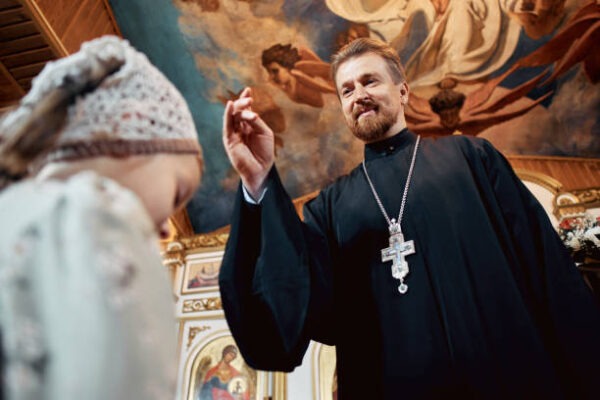
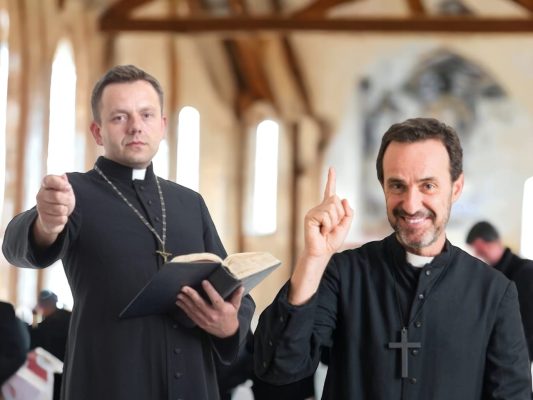


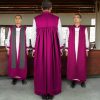

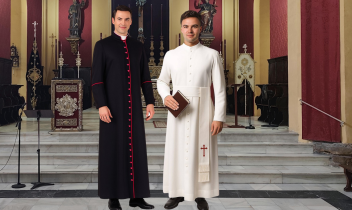
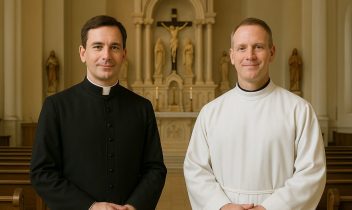
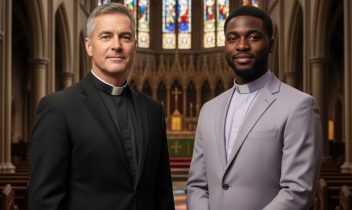
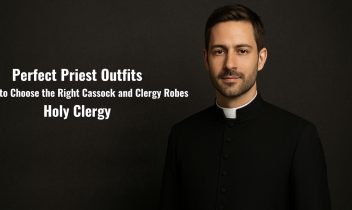
Add comment
You must be logged in to post a comment.